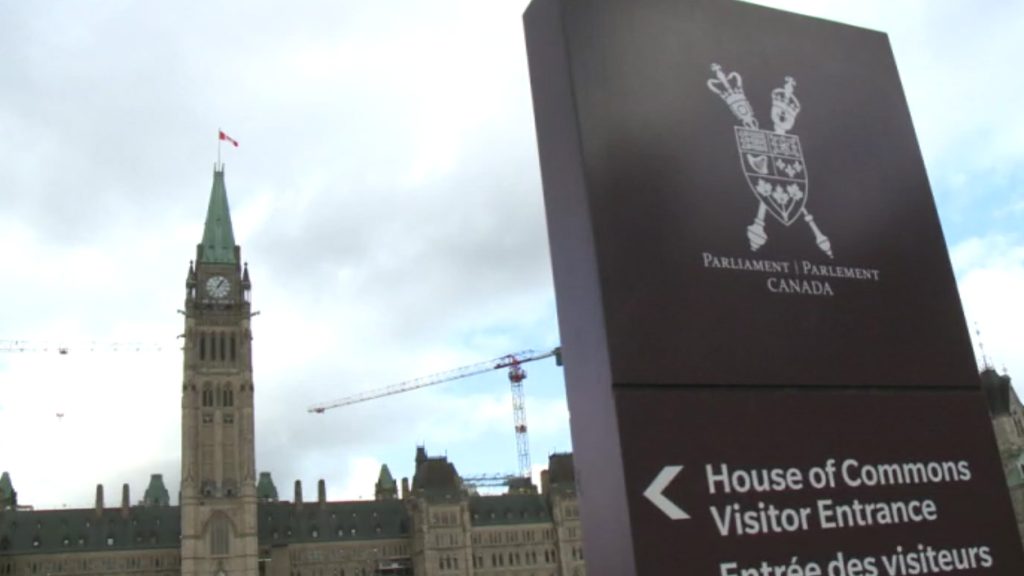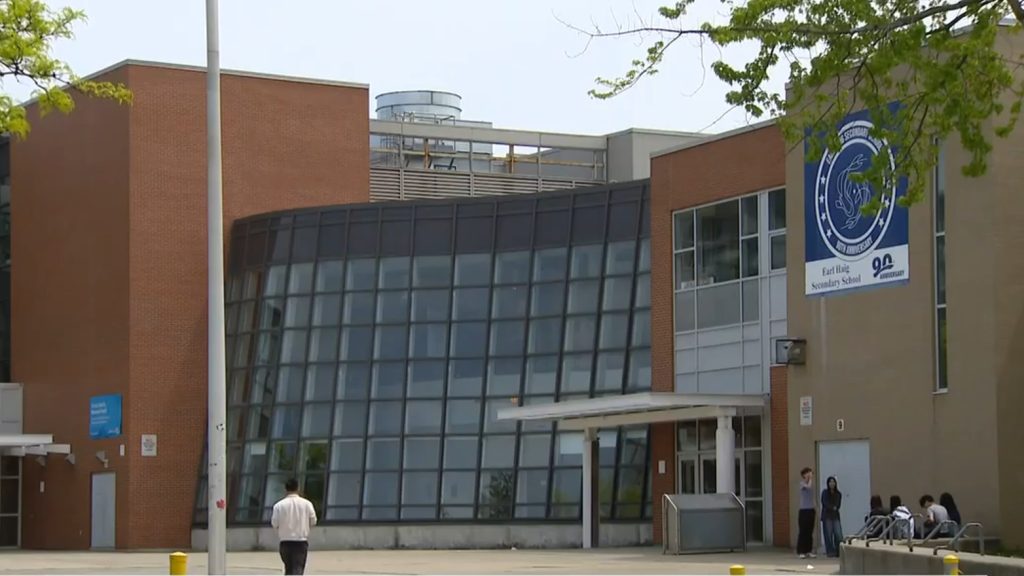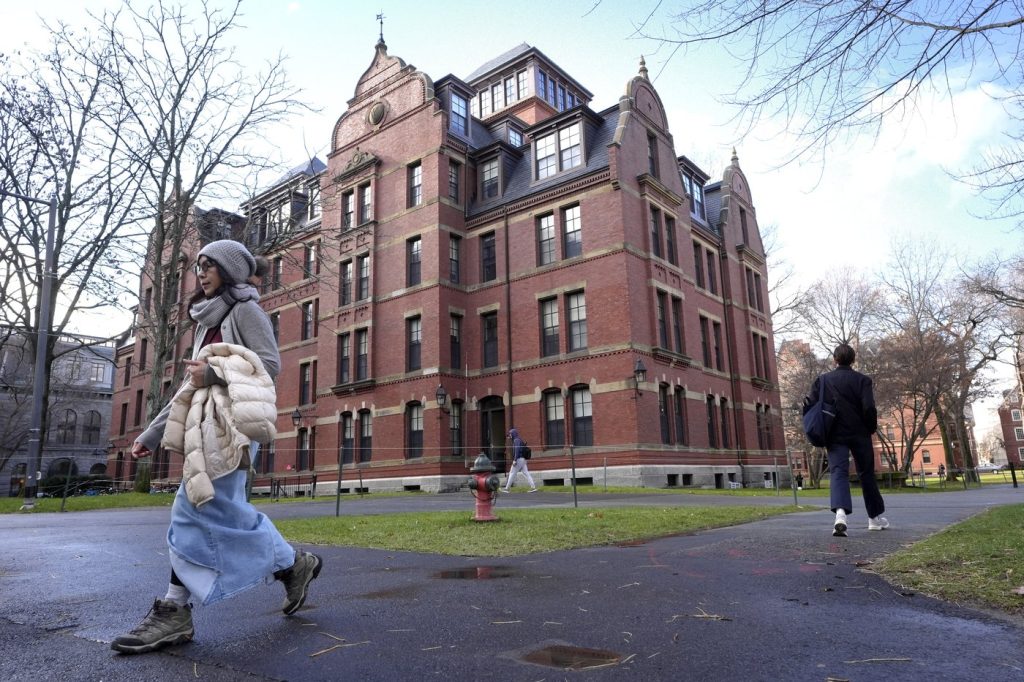A recently released survey highlights a significant increase in the number of homeless individuals in Toronto, revealing that the figures have more than doubled since spring 2021. According to the latest findings, the Toronto Street Needs Assessment (SNA) estimates that approximately 15,400 people were homeless in the city as of October 2024, a stark rise from about 7,300 reported in April 2021.
The report attributes this alarming surge to various interrelated factors, including the ongoing lack of affordable housing options, unmet healthcare needs, inadequate income support systems, and rising issues related to substance use. As noted in the survey, the point-in-time count indicated that over 15,000 individuals were experiencing homelessness in October 2024, with 1,615 of them living outdoors. This sharp increase contrasts markedly with the total of 7,300 individuals facing homelessness in 2021.
The trends observed in Toronto are indicative of a wider issue affecting not only Ontario but also the rest of Canada, particularly as the impacts of the COVID-19 pandemic continue to reverberate through communities. The report reflects on how the pandemic has acted as a catalyst for worsening homelessness rates, complicating an already challenging situation.
Despite the troubling statistics, the city of Toronto has reported some progress in addressing the crisis. As of 2024, the city continues to provide emergency accommodations for an estimated 9,000 to 10,000 individuals each night. However, the shelter system remains under significant strain, consistently operating at full capacity as demand far outstrips availability.
In response to the growing crisis, the city’s report emphasizes the necessity for strategic interventions to effectively tackle homelessness. Data indicates that there are signs of a slight reduction in the homeless population, attributed to fewer refugee claimants utilizing shelters, a decrease in the number of encampments, and successful transitions of individuals into permanent housing solutions.
Additionally, the report reveals that a total of 1,078 individuals living outdoors were successfully referred to the shelter system, with over 4,300 people being housed in the previous year alone. These efforts demonstrate a capacity for improvement within the homeless support framework, although the challenges remain substantial.
In summary, while Toronto faces a significant homelessness crisis with increasing numbers, ongoing efforts and the potential for strategic measures could contribute toward alleviating the issue. However, sustained focus and resources will be essential to ensure that the most vulnerable populations receive the necessary support and that the city can work towards long-term solutions to the housing crisis.












